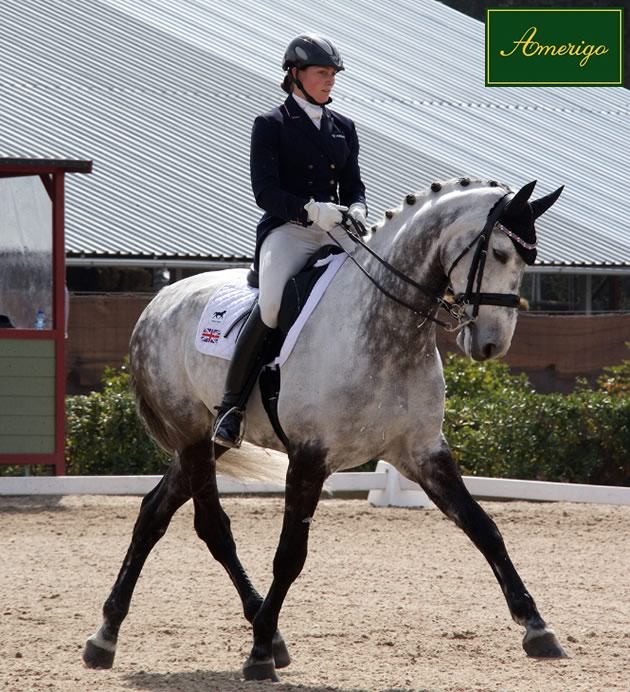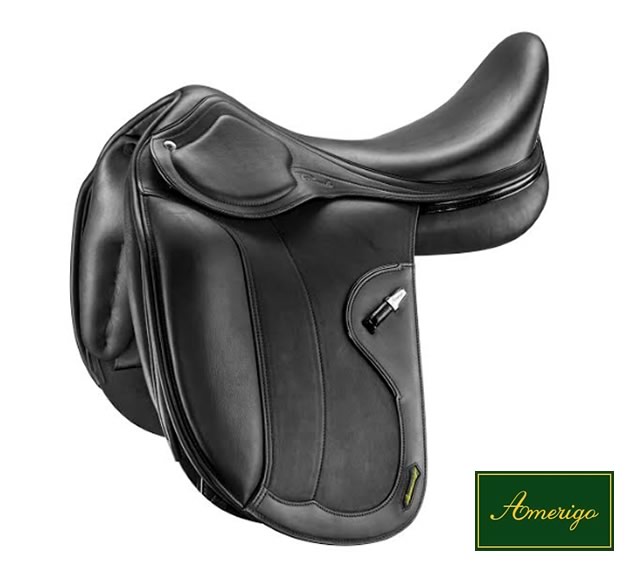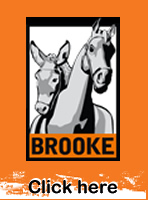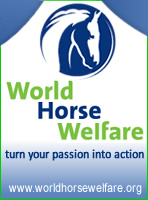
Horseytalk.net Special Interview
Maria Eilberg
Training for Leg Yield

Team Zebra Products dressage rider and trainer Maria Eilberg provides advice on leg yielding courtesy of her sponsors Amerigo and Sprenger.
Suppleness is a key element
When training on the flat, suppleness is a key element which should be carefully attended to and developed. A useful exercise which can significantly help to improve suppleness is leg yield. It is the first lateral exercise that is introduced to a horse and involves working on two tracks.
Leg yield is the most basic of lateral movements and encourages looseness and flexibility across the whole of the horse's body whilst ensuring that the rider uses the correct aids and leg positioning to influence the horse.
During leg yield, the horse steps sideways and forwards at the same time. This means that the inside hind leg steps into the tracks of the opposite front leg. The inside legs step in front of and across the outside feet and the steps should be equal and in positive forward momentum.
When training for leg yield it is important that the horse moves off the leg and learns the aid to step sideways. It is crucial that the rider positions the horse correctly to set up the leg yield. To start with turn the horse down the centre or quarter line and be sure to ride a few straight steps before turning your horses shoulders onto a diagonal line in the direction that you wish to travel. The half halt should then be used to make the horse's shoulders wait and the outside leg can be applied for support. Simultaneously, the inside leg should be applied slightly further back, just behind the girth and should be used to ask the horse to step sideways. The rider should sit straight and central. To clarify, the inside leg drives the sideways motion and encourages forwardness whilst the outside leg 'guards' When leg-yielding, the horse should be straight through the body and give a slight flexion to the inside at the poll, which is encouraged by a gentle inside rein, supported by the inside leg to outside rein connection. To finish the leg yield, the horse should be straightened, so that his hind legs and forelegs use the same track. It is important that the movement is started and finished properly so that the horse learns to be obedient and not fall sideways until he reaches the track for support.
There are different forms of leg yield which can be utilised as training progresses. These include leg yield on a circle, off a diagonal line and from line to line. Leg yield can be performed in walk, trot and canter, but should be introduced in walk to establish the correct positioning and teach the horse to accept the aids.
Leg yield is very useful for developing lateral suppleness, which will improve the horse's way of going as well as teaching the rider to ride lateral movements correctly. When the leg yield is established, other lateral work can be introduced such as shoulder in which should be smooth as the horse has learnt to accept the aids involved.
Maria's Product Tip

My favourite product of the moment is the new Amerigo Masterclass Dressage Saddle which sets a stunning trend in saddle design and technology. The saddle combines technical excellence with a fashionable twist to celebrate the brands launch in 1998 and features the very best design with glamour and colour. The palette of colours offers 12 different shades that go from the exclusive silver and gold, to the soft pastels and bright nuances.
For further information contact Zebra Products on (01352) 763350 or visit www.zebraproducts.co.uk



